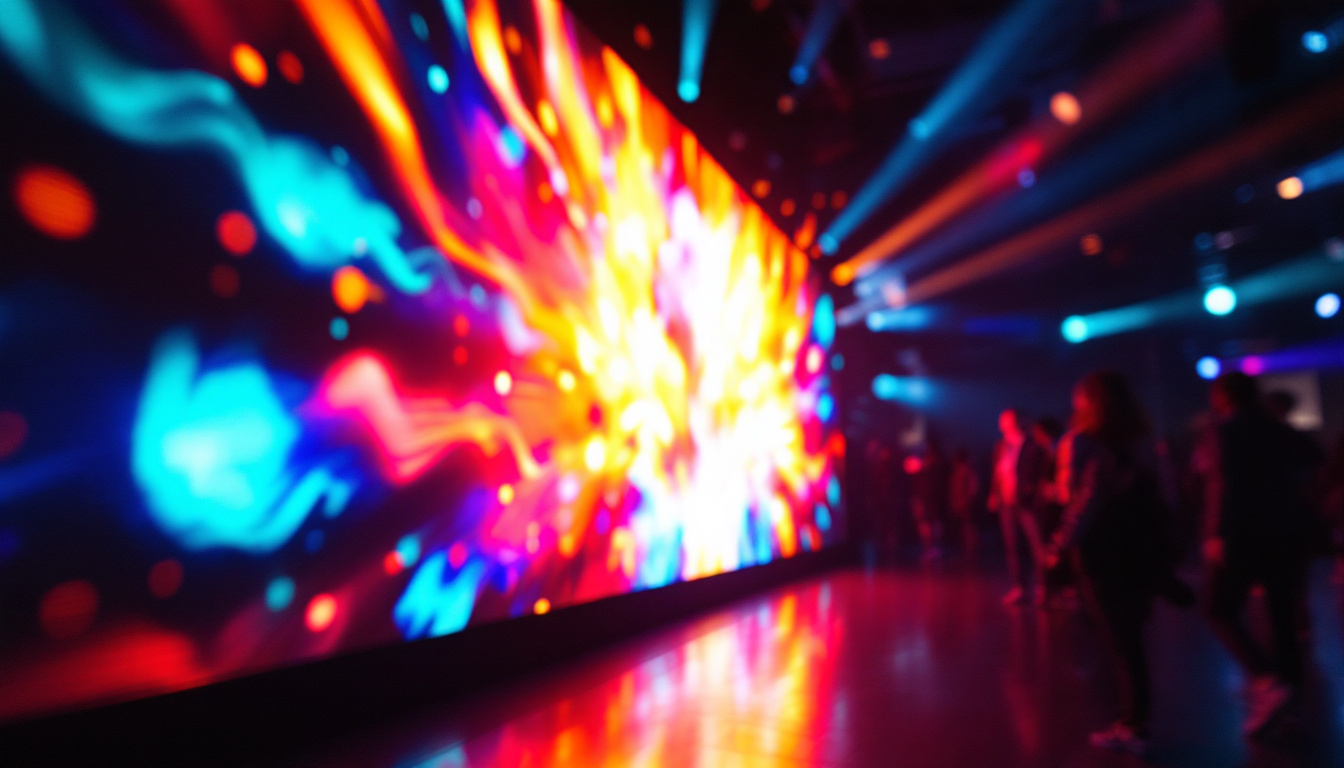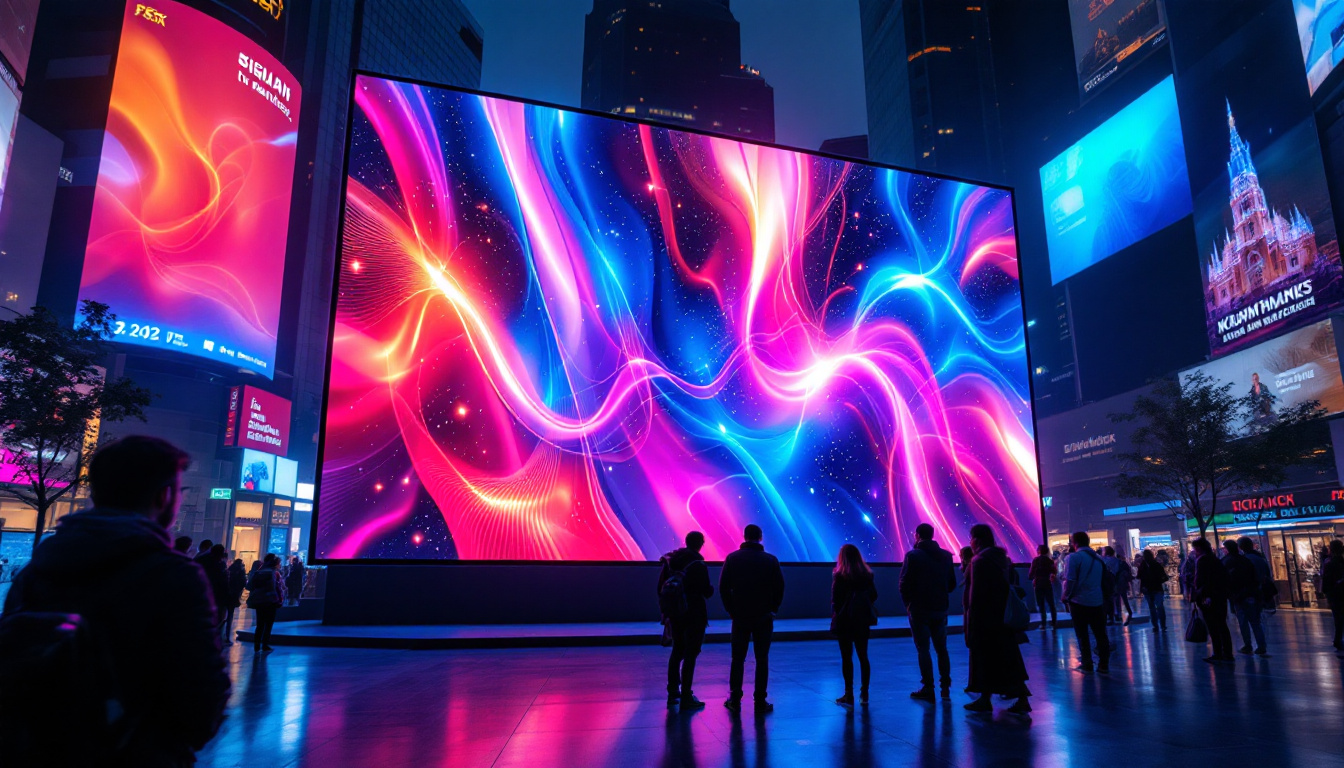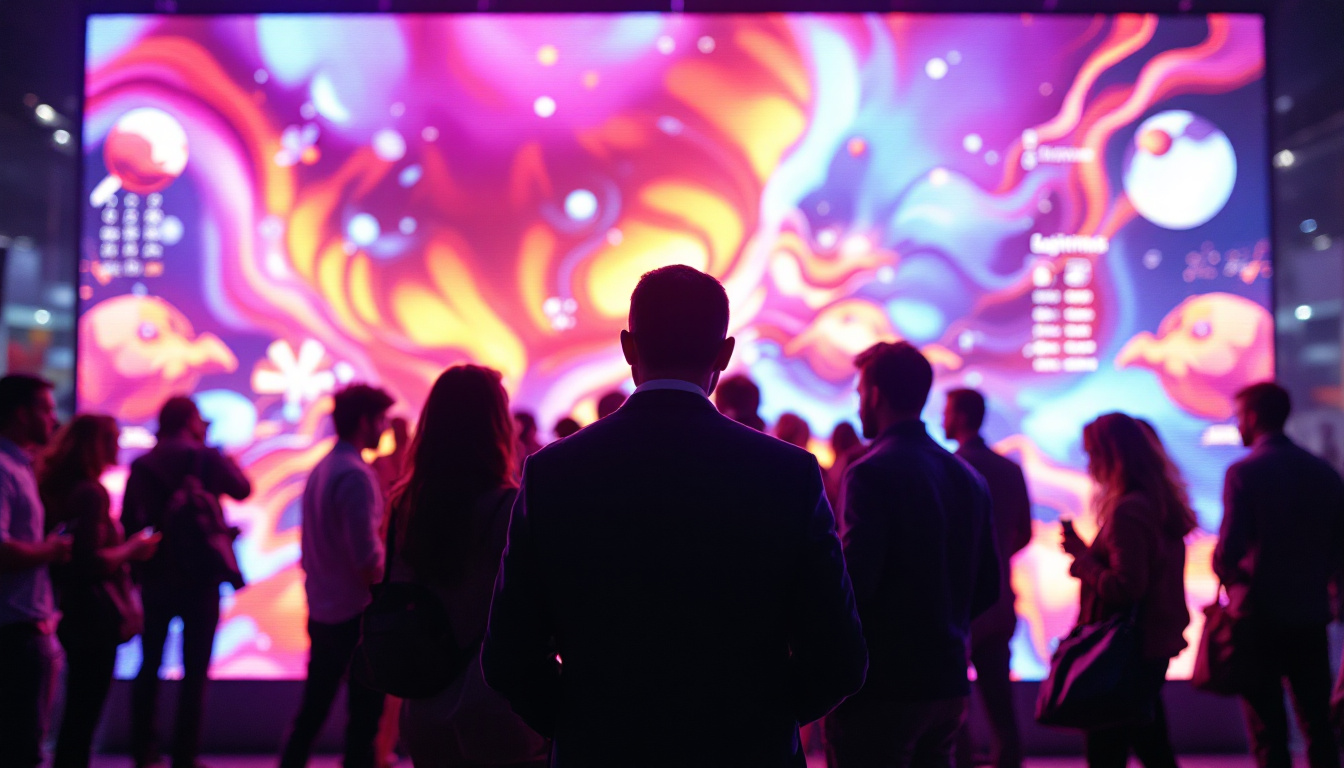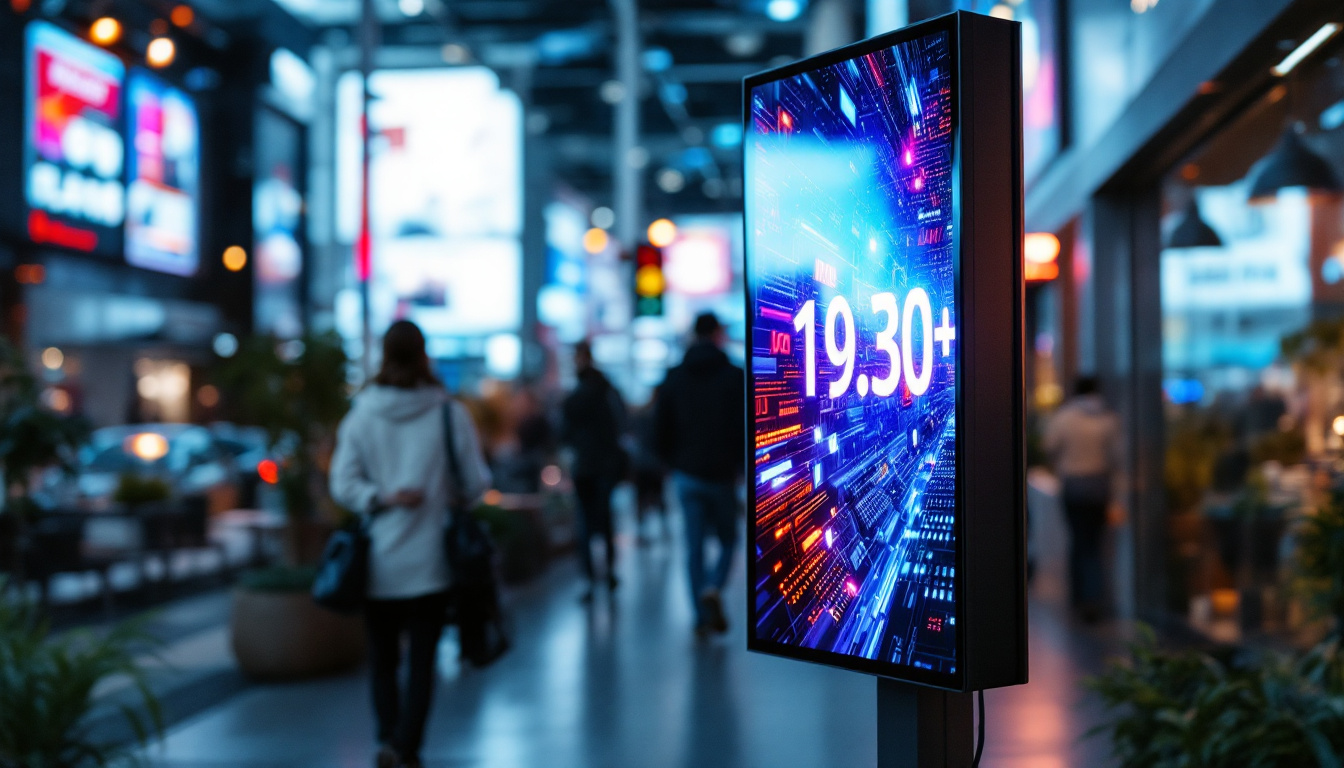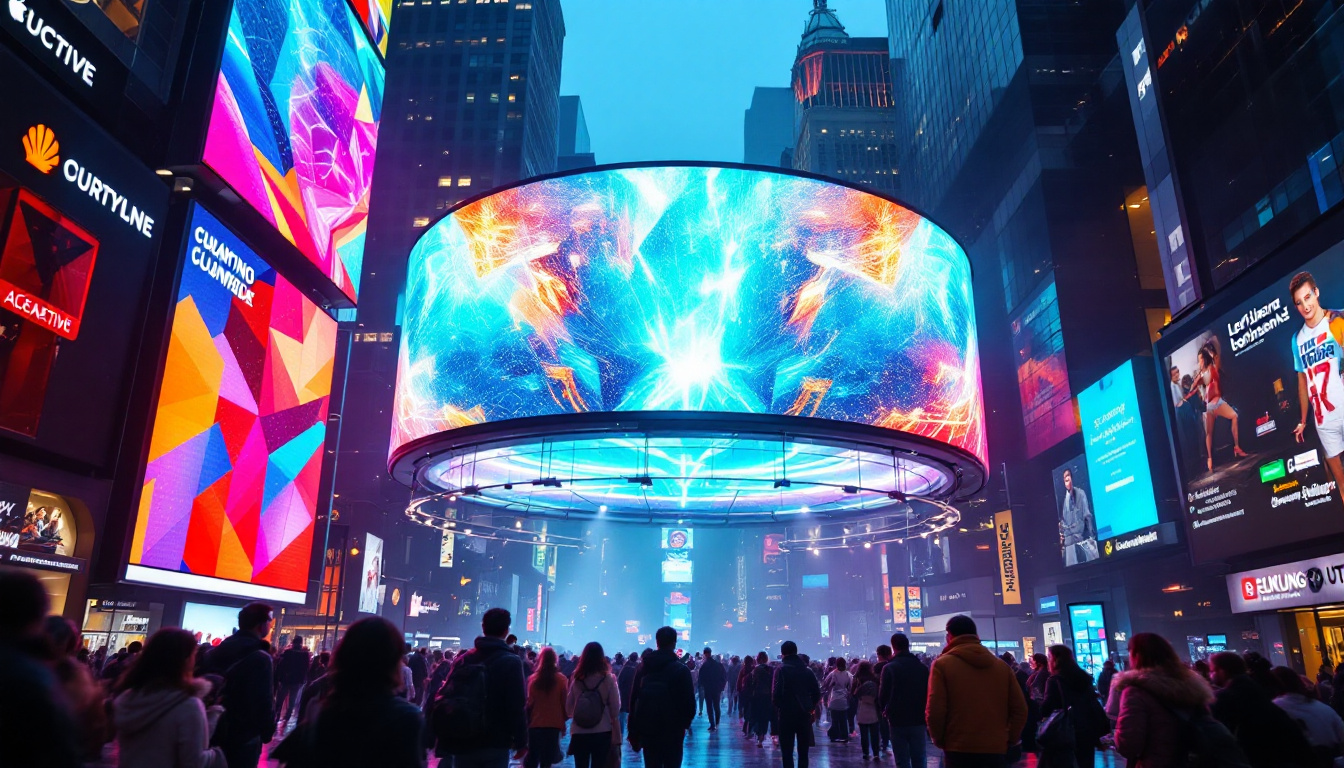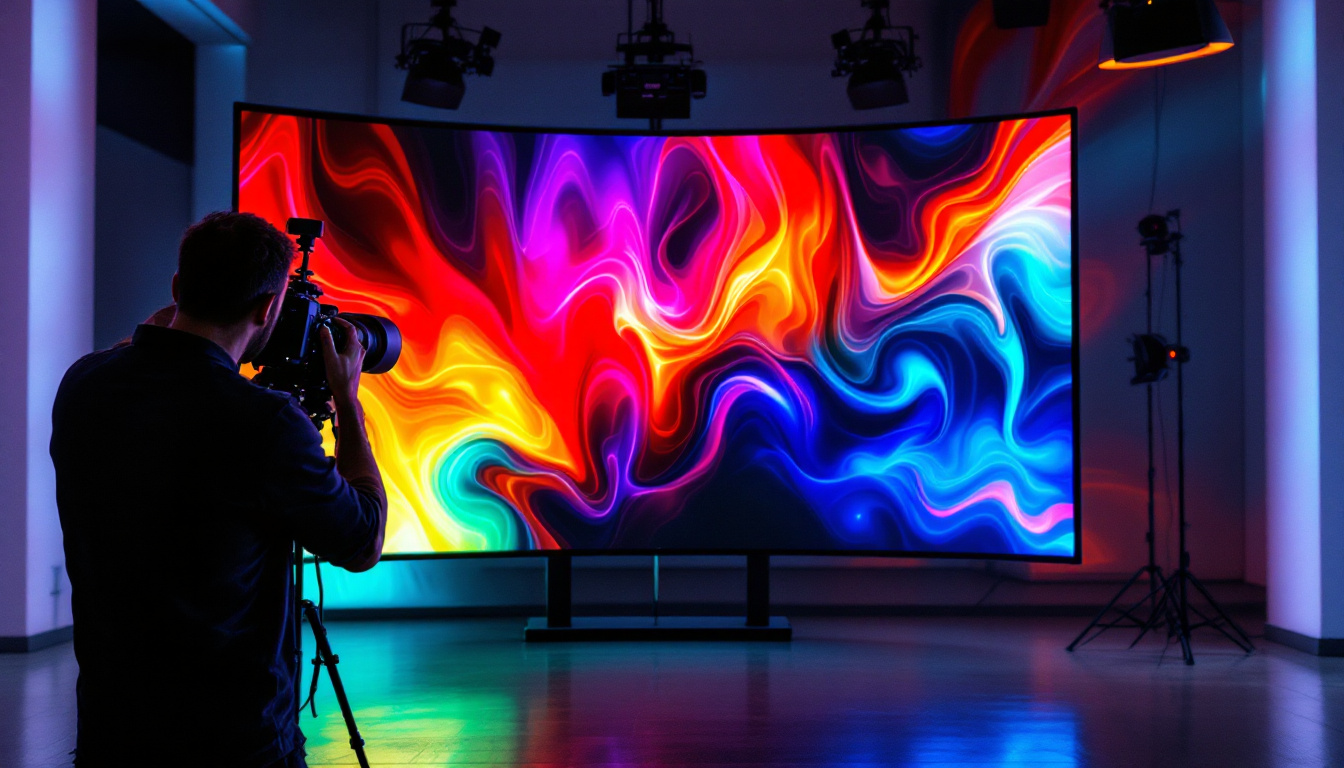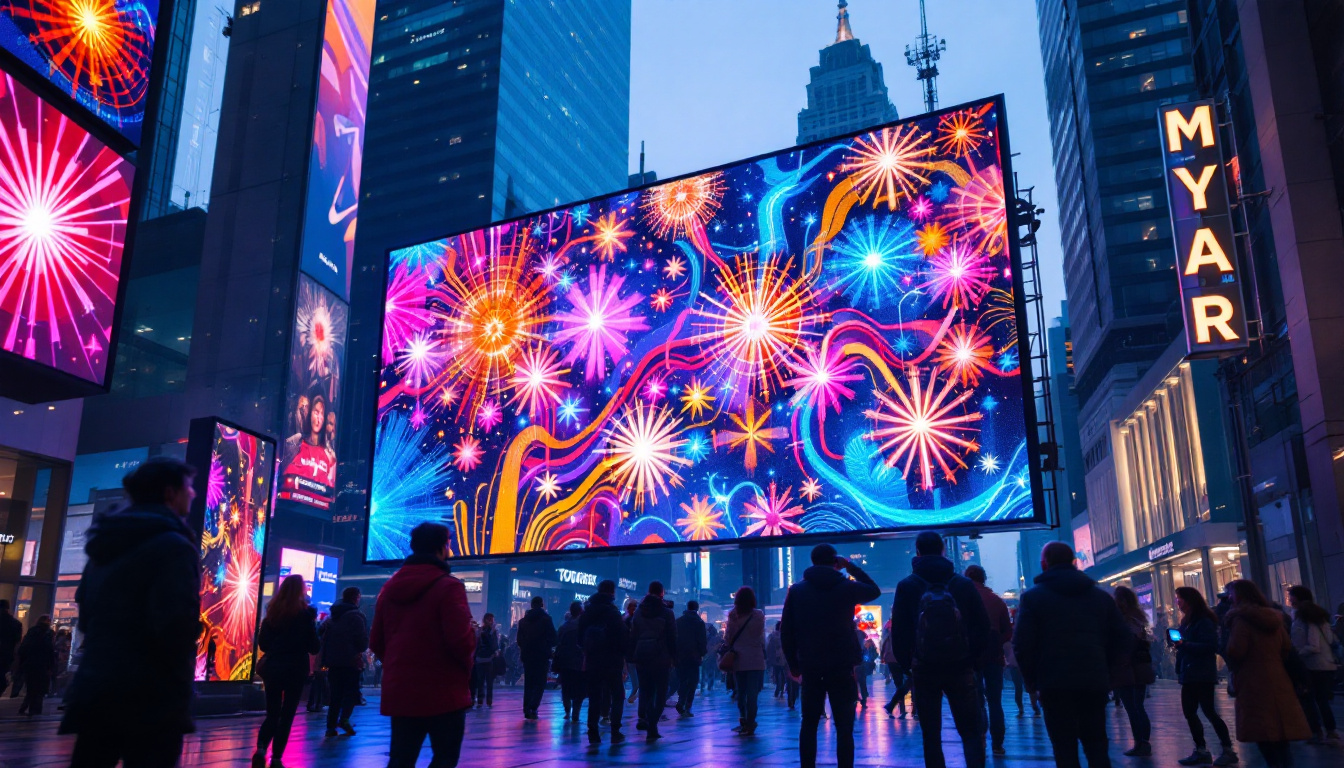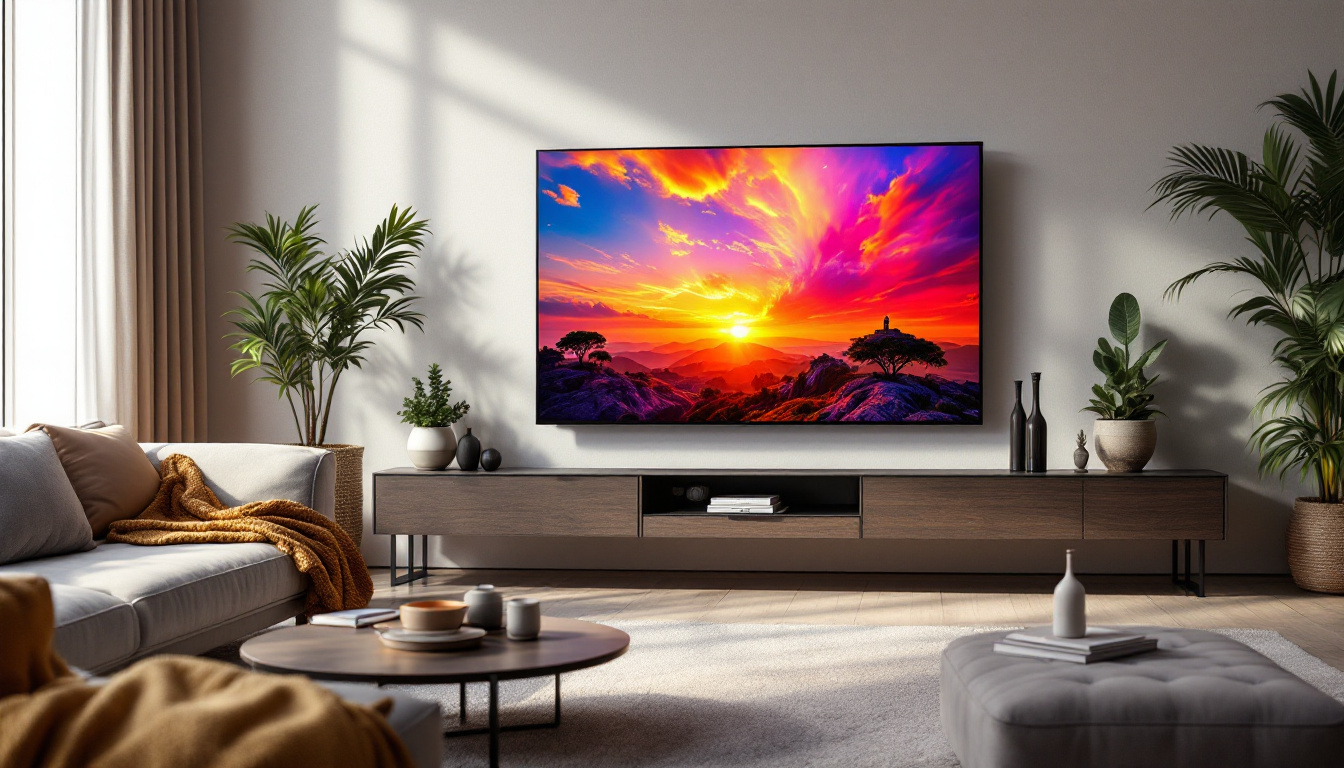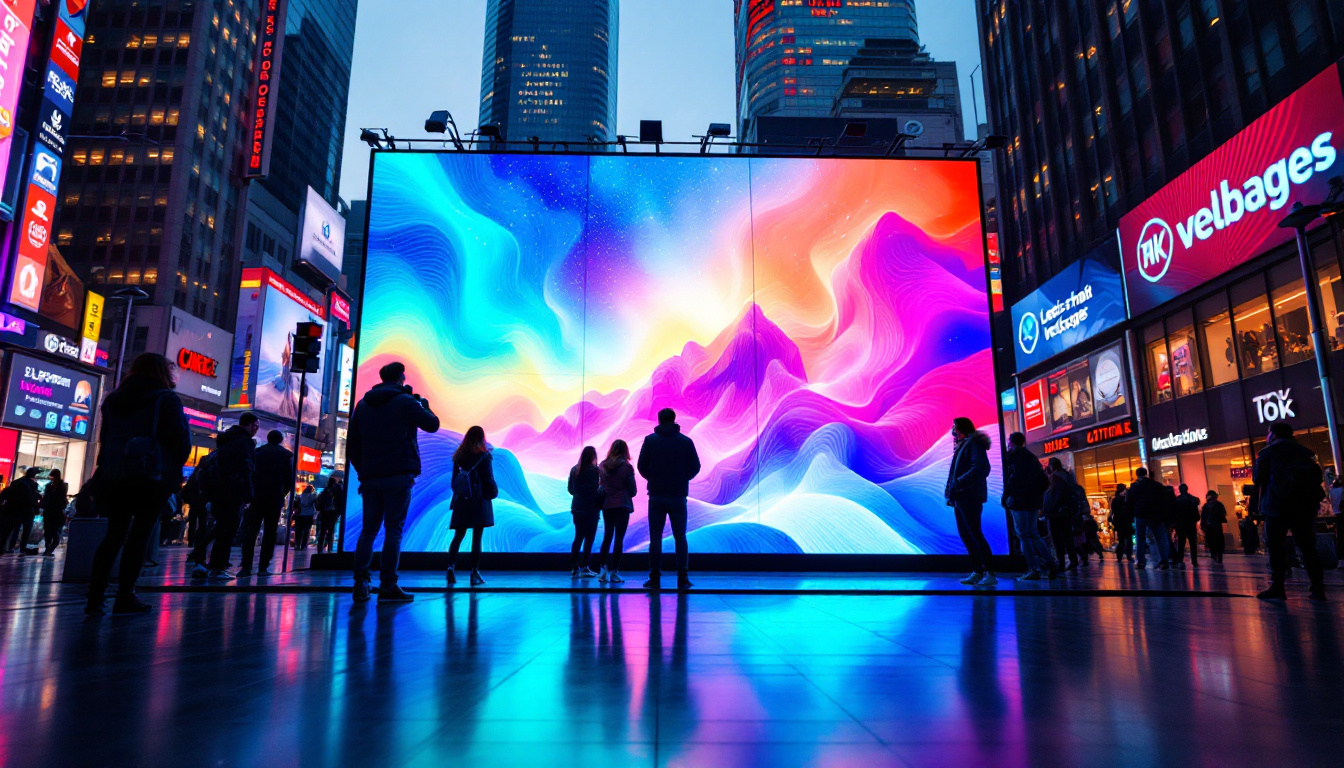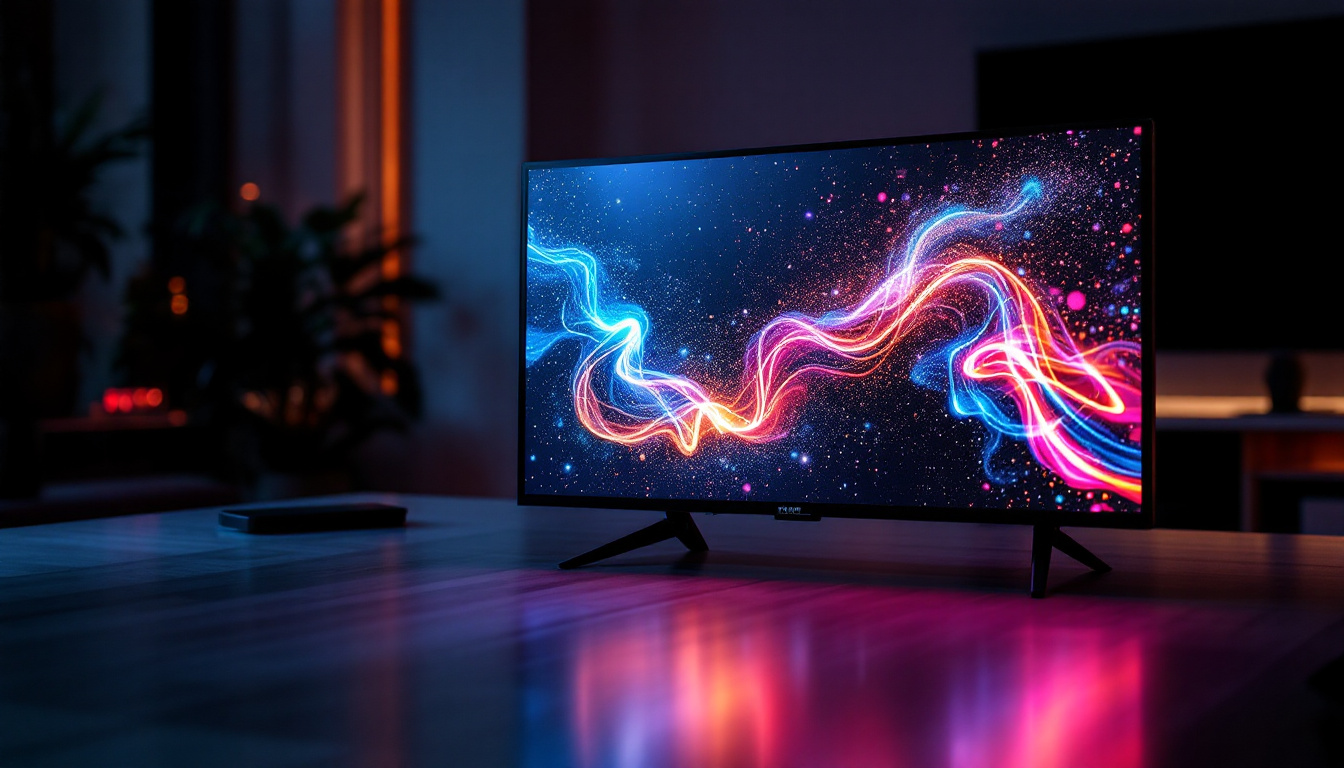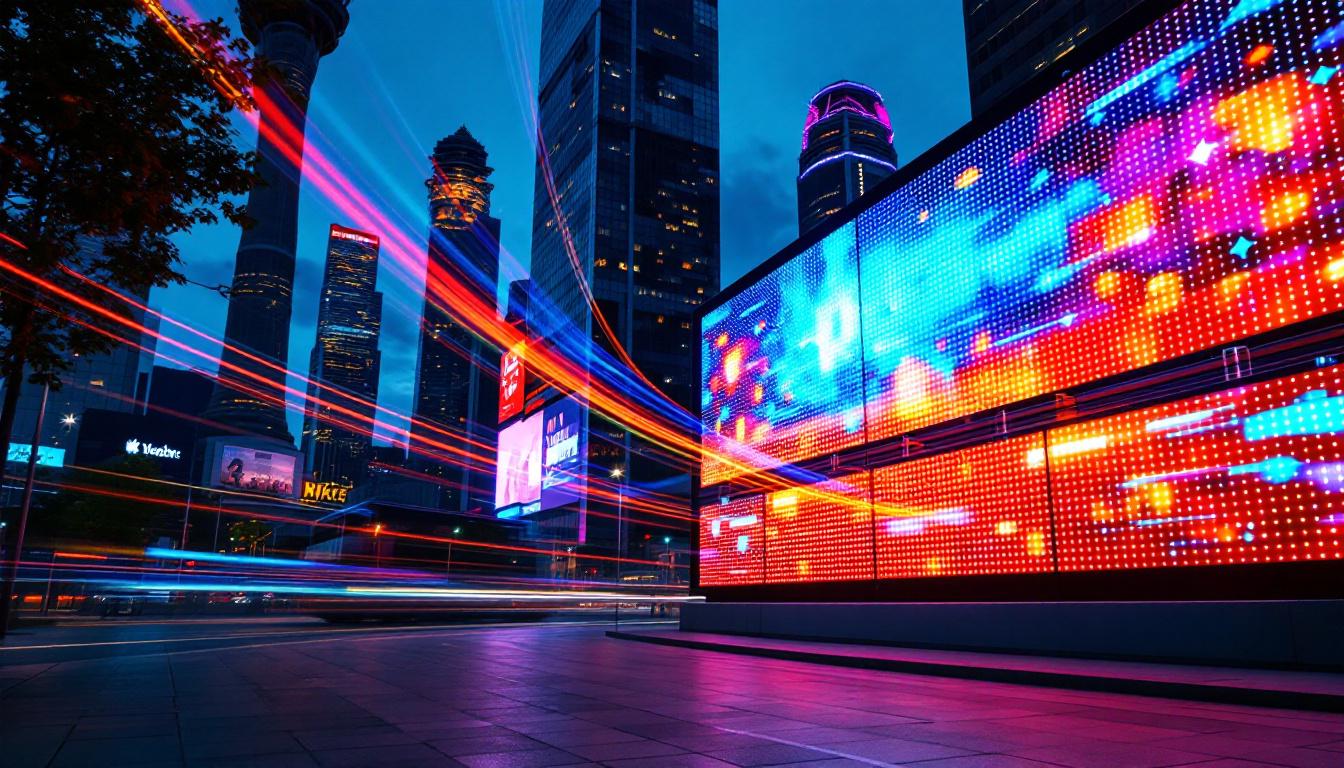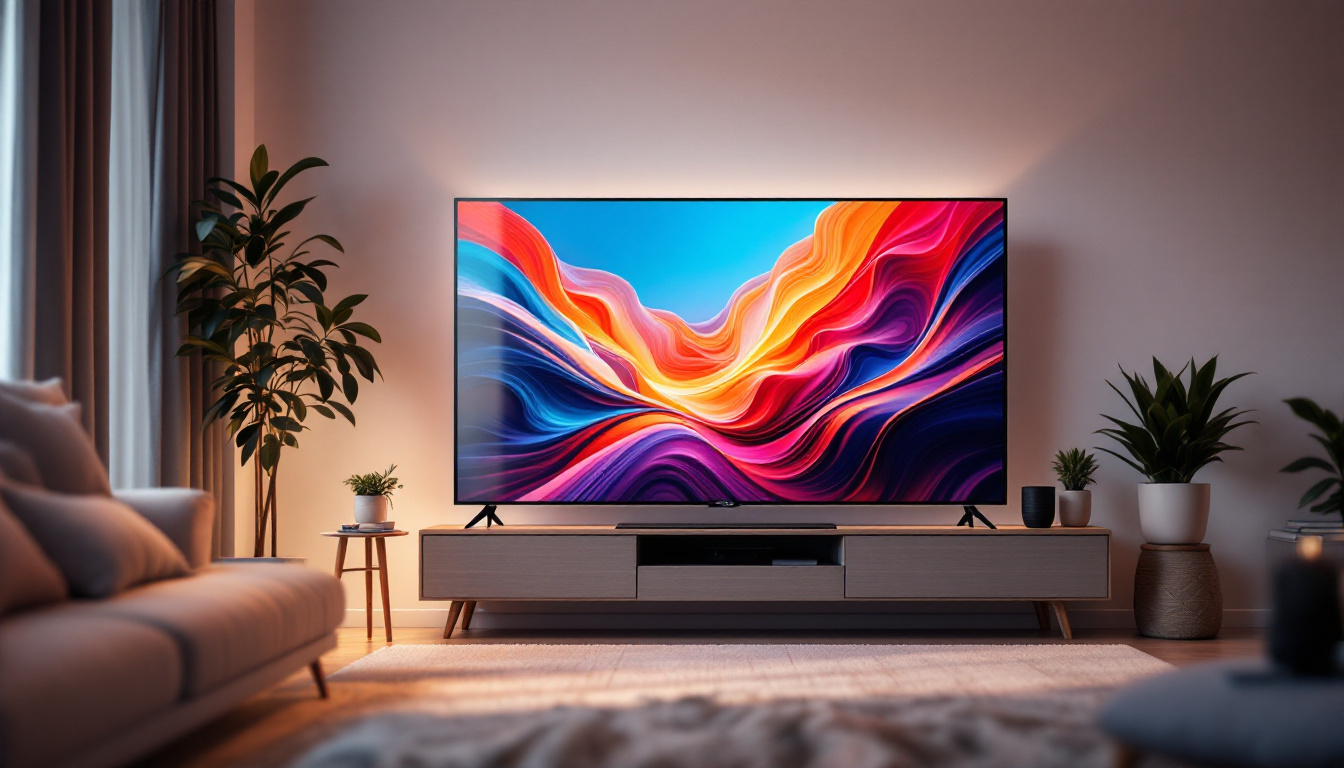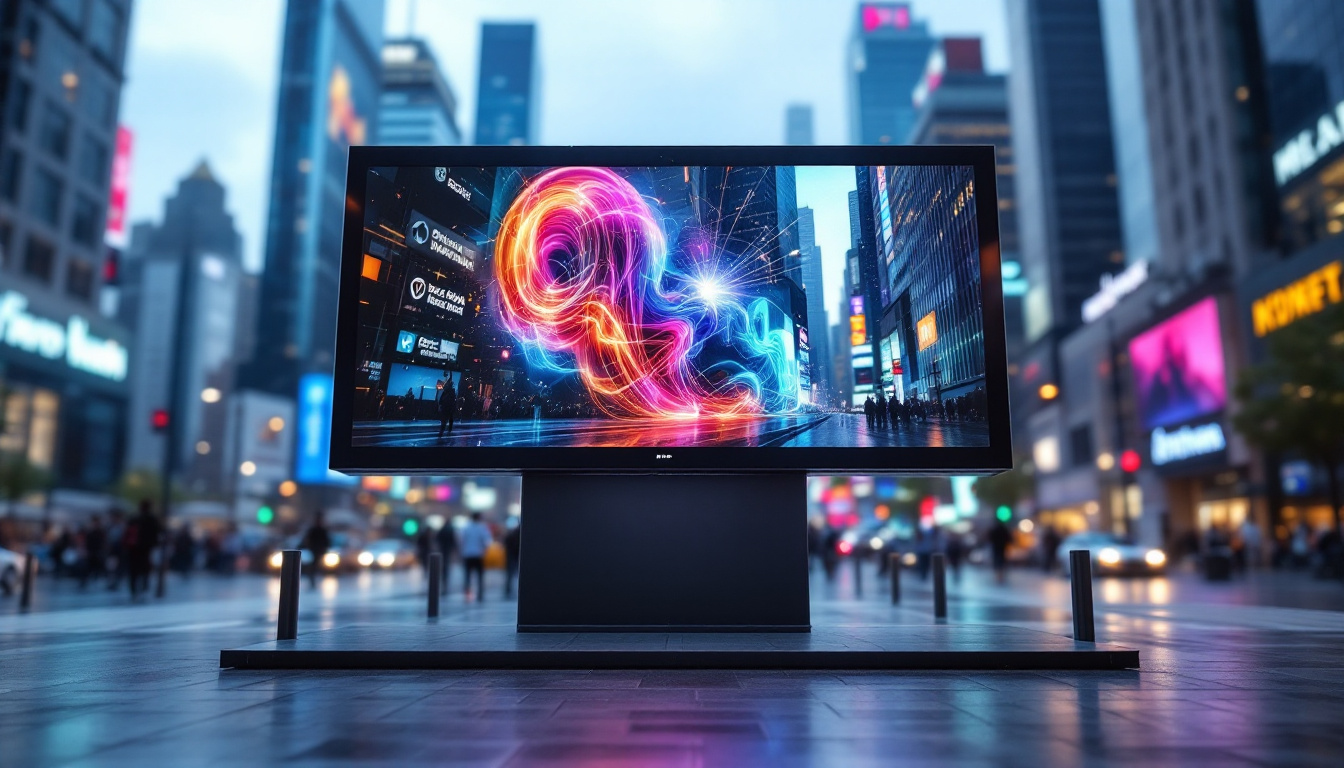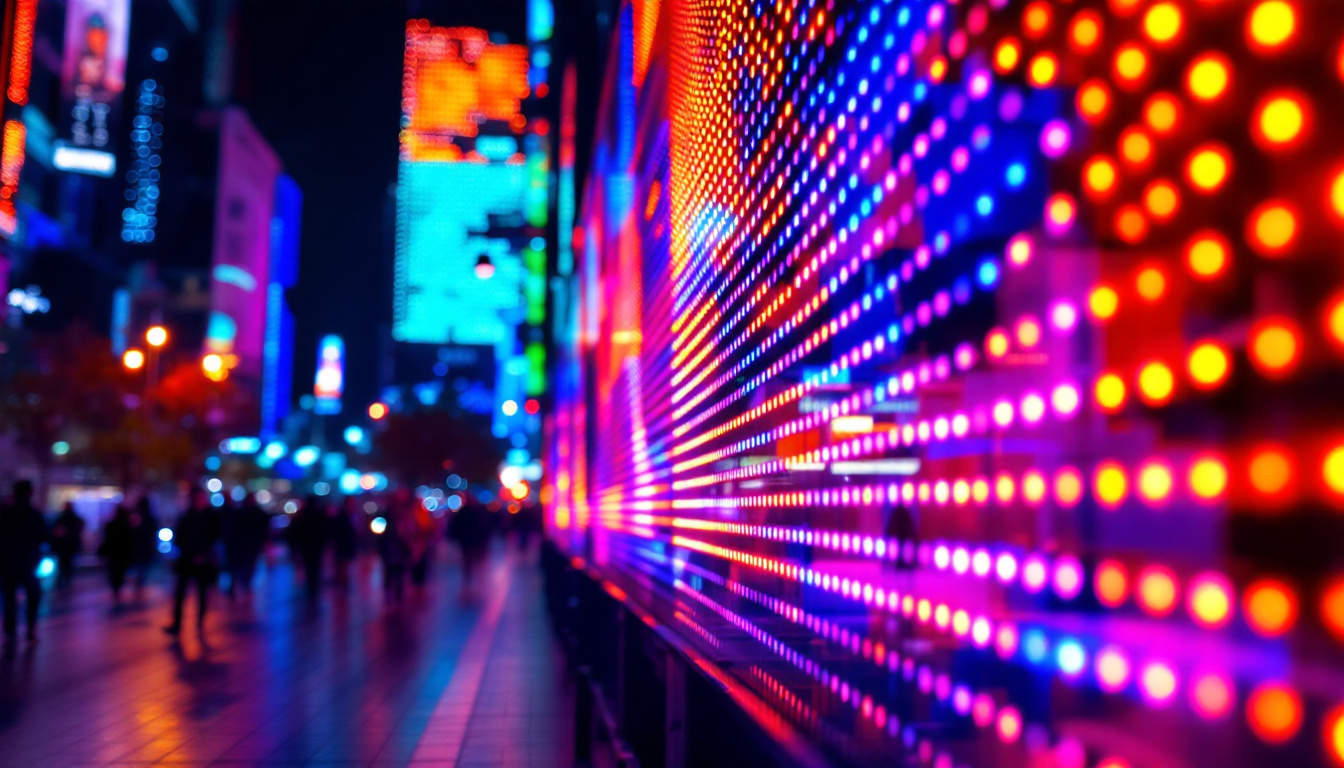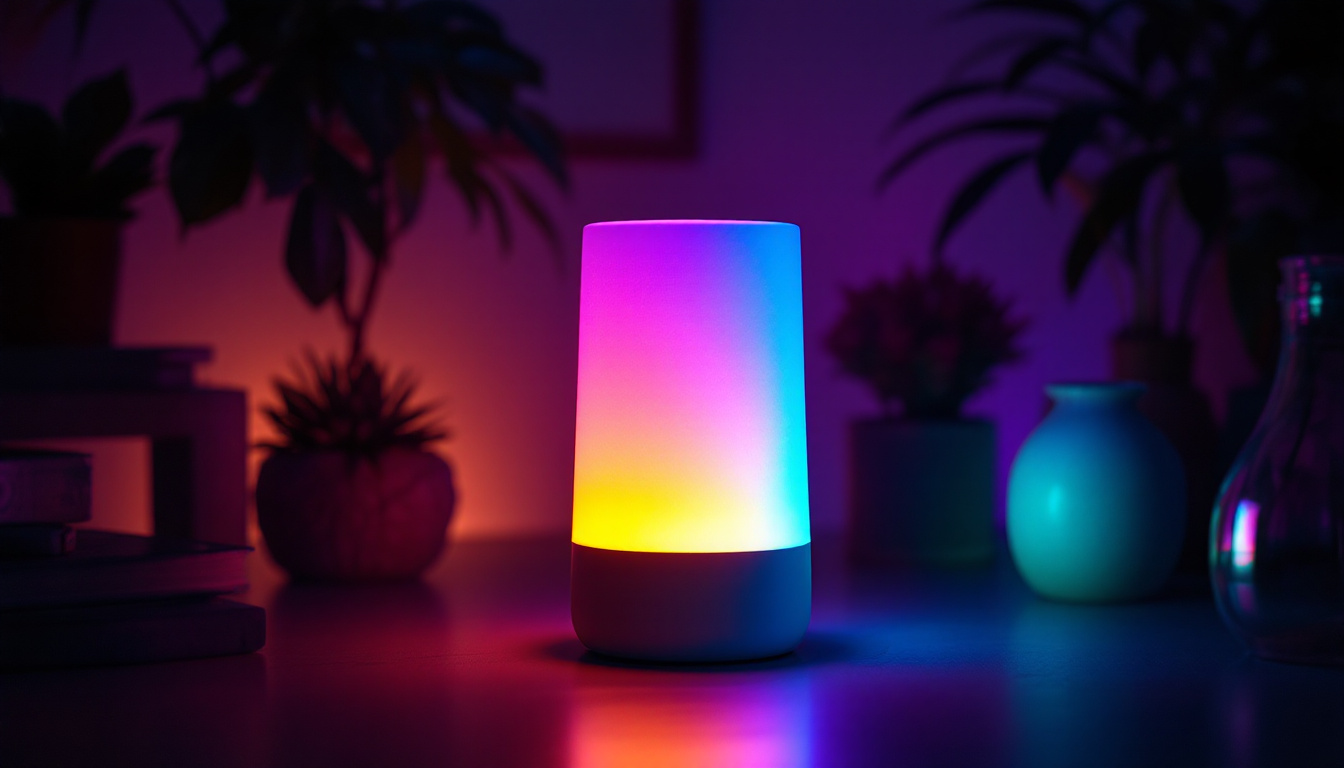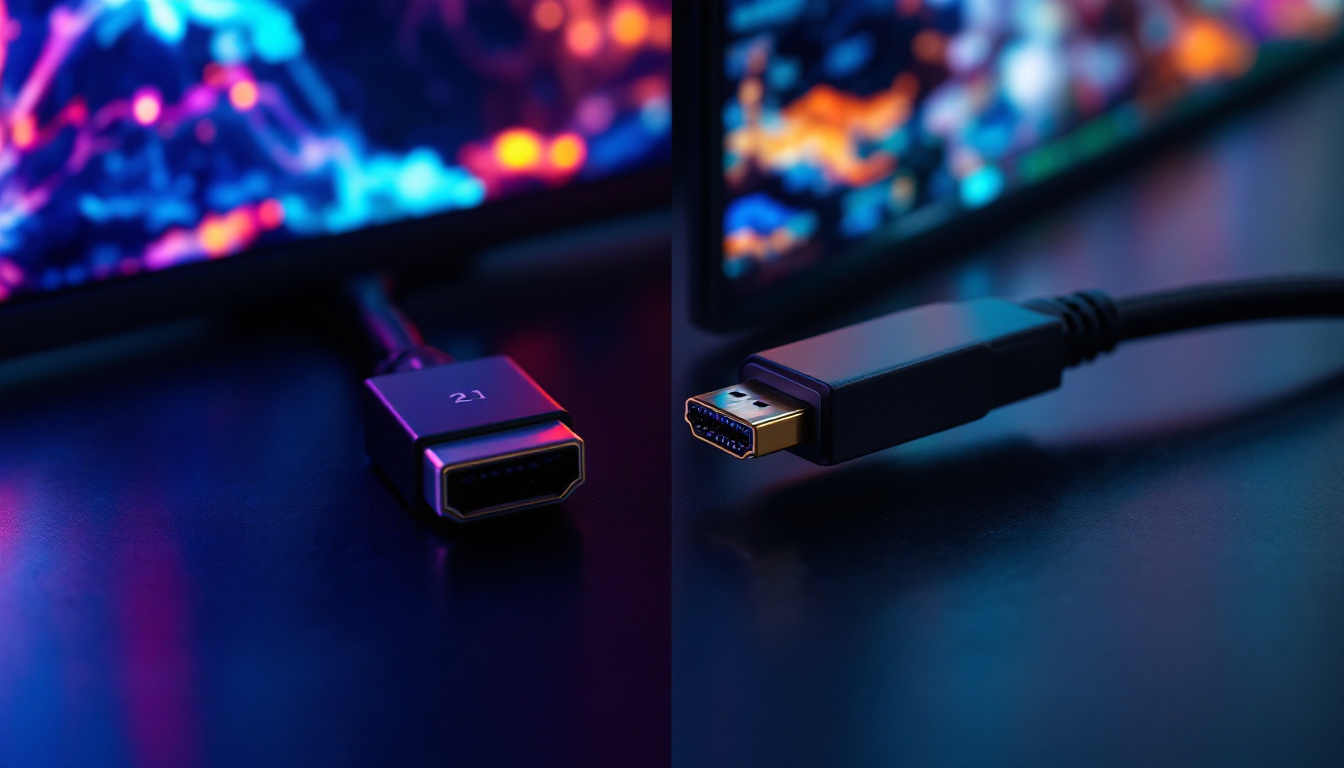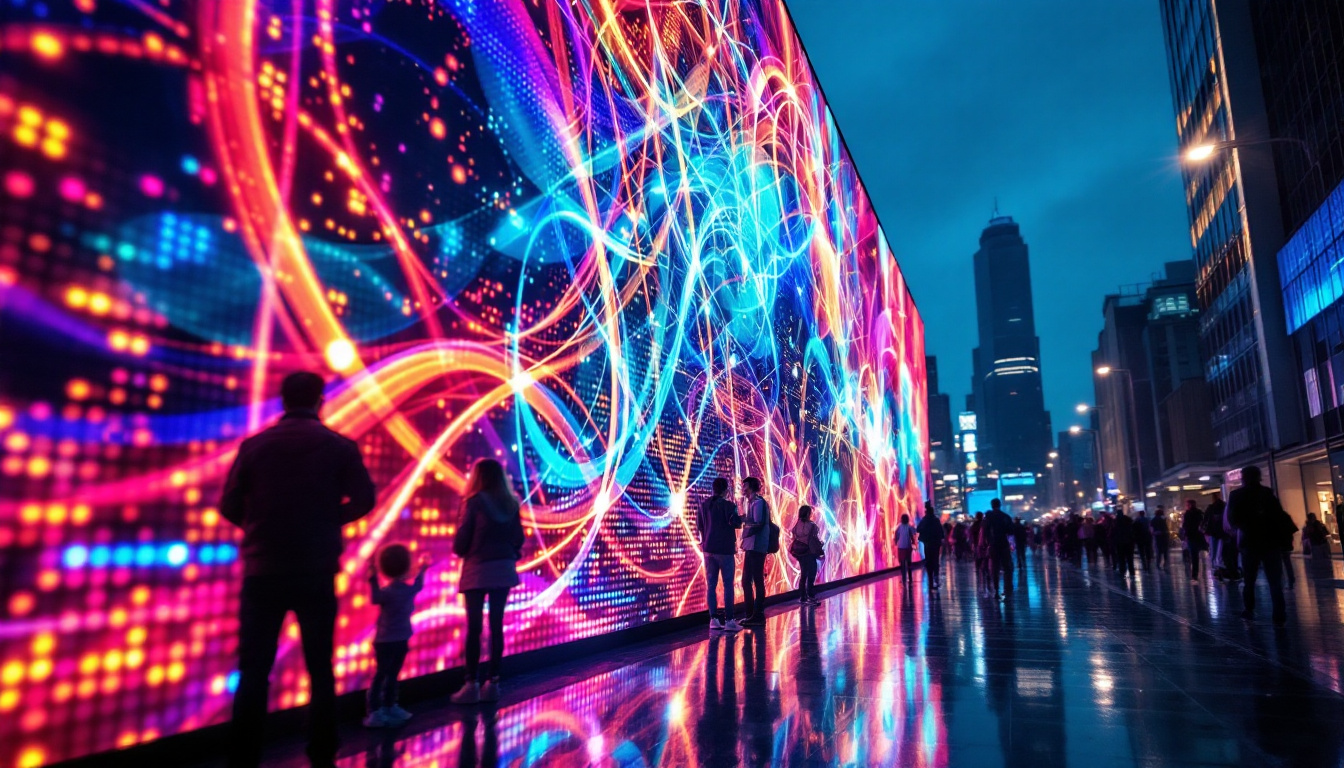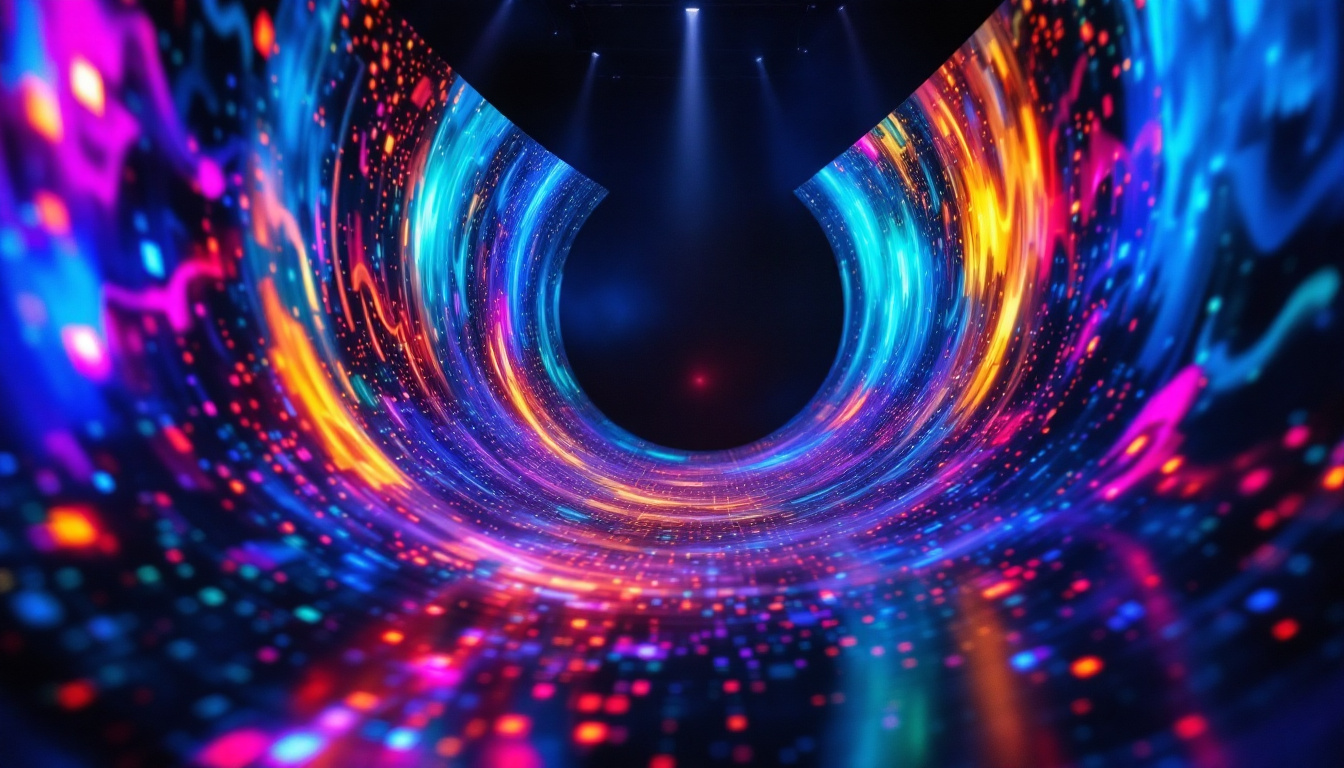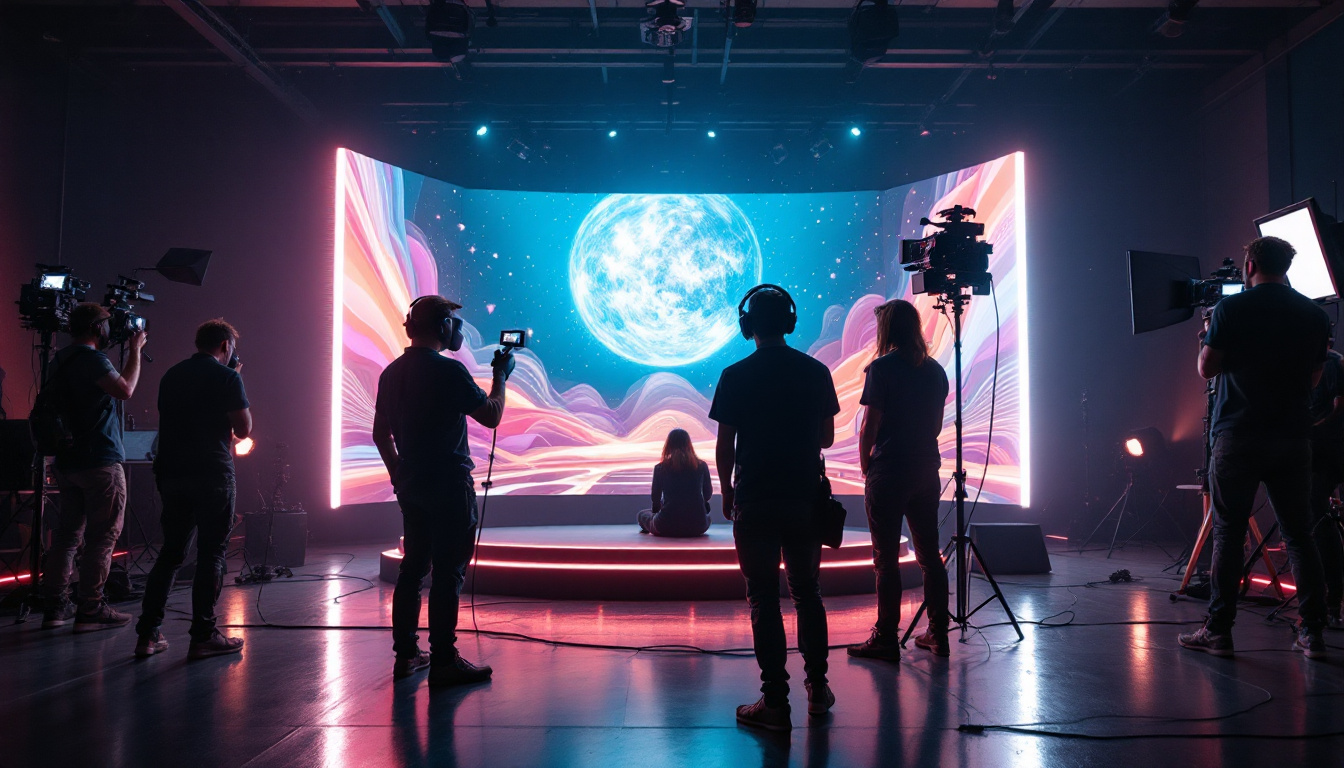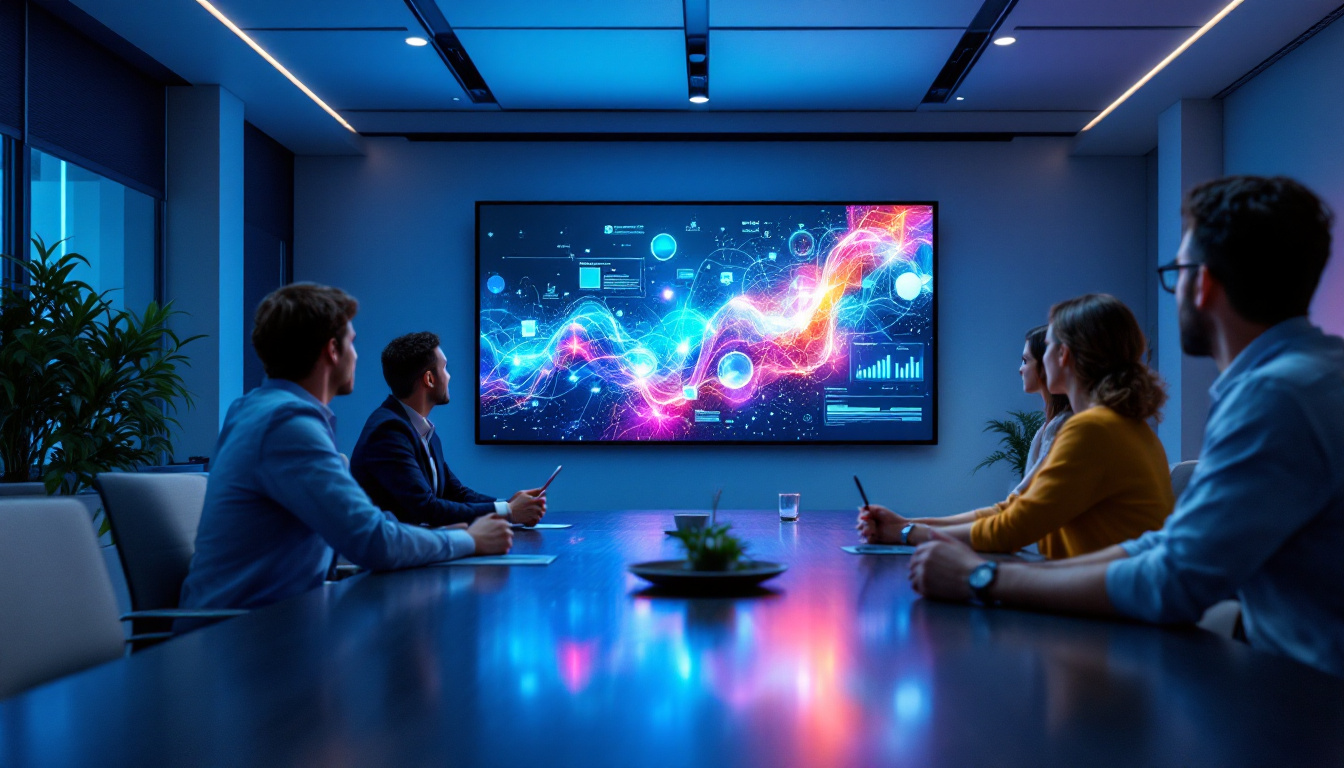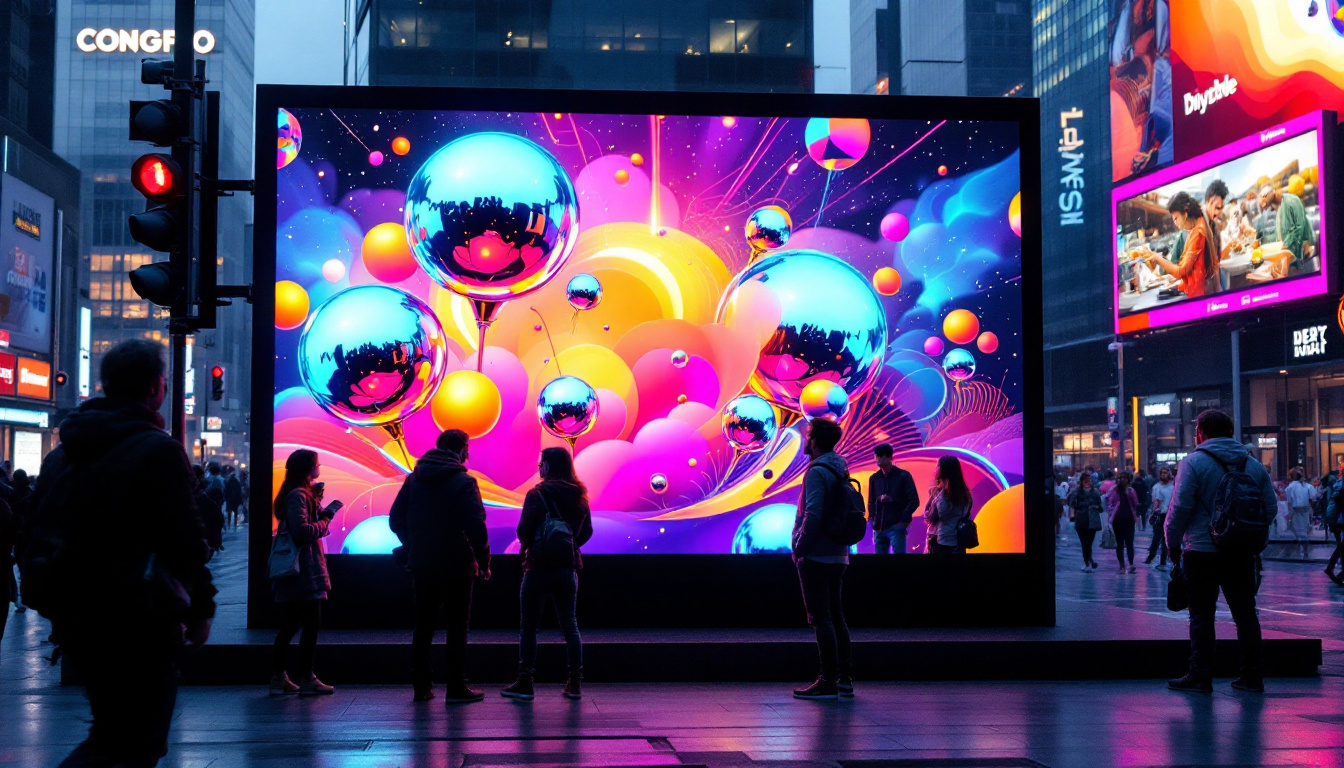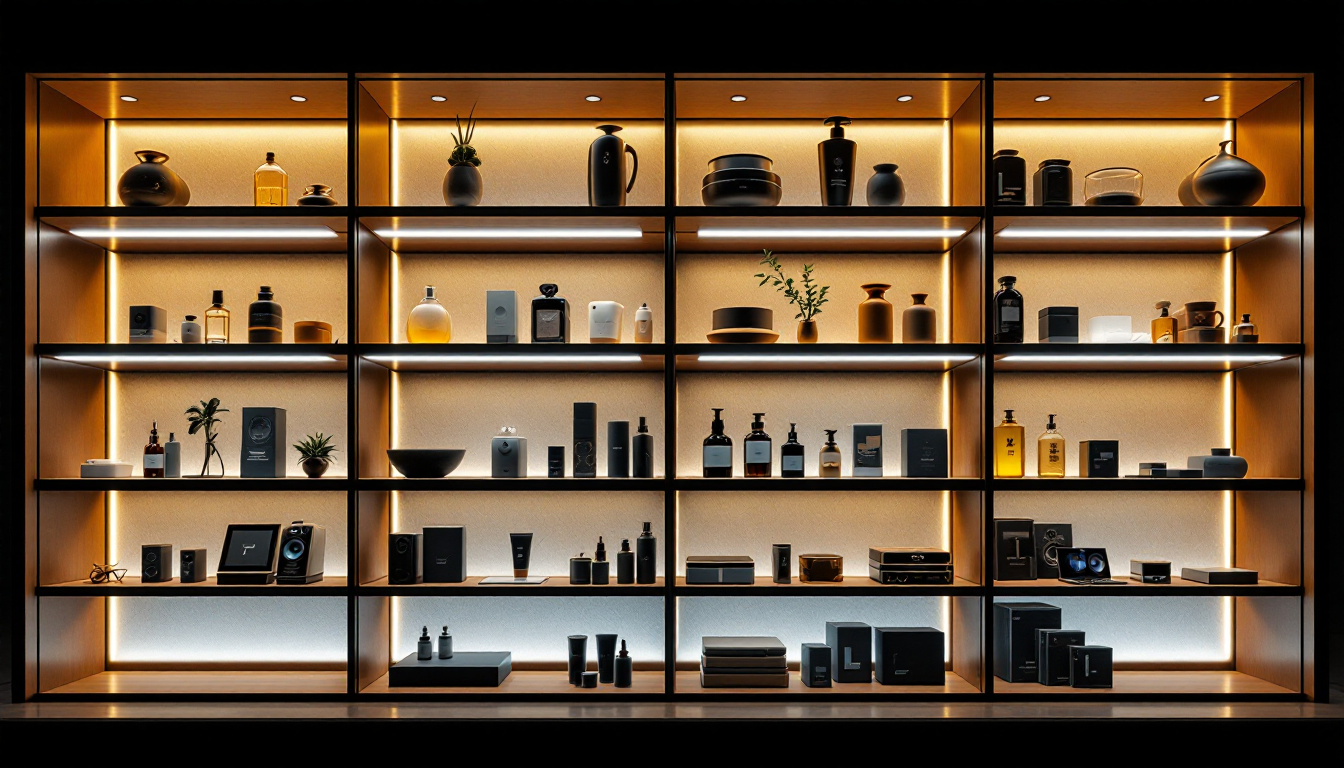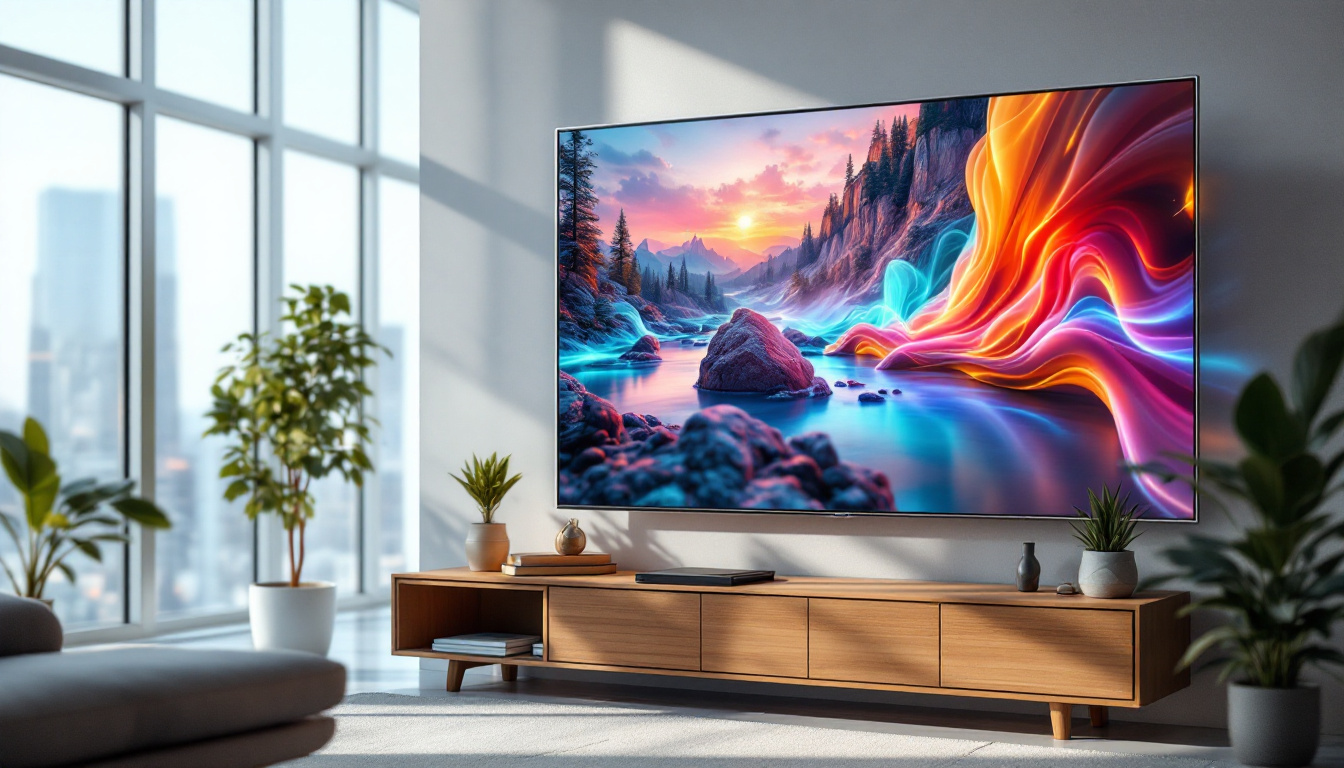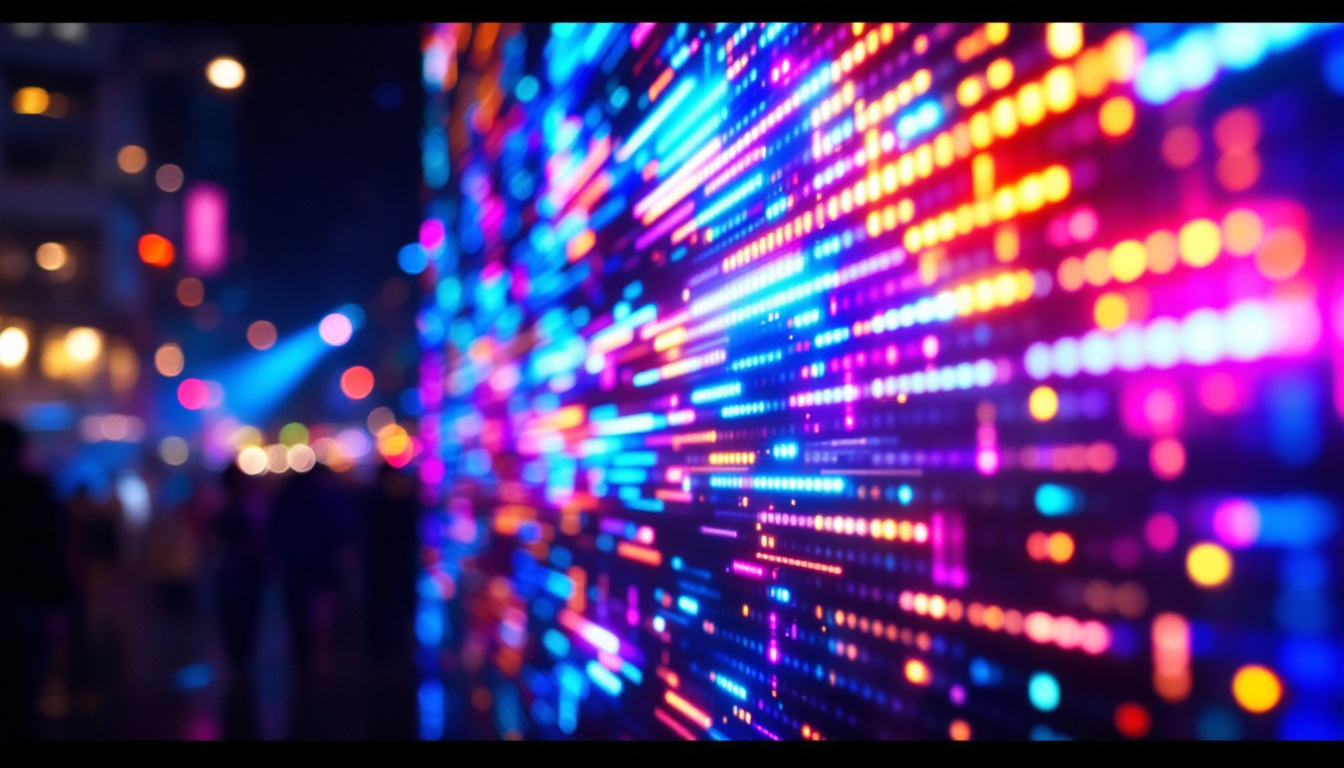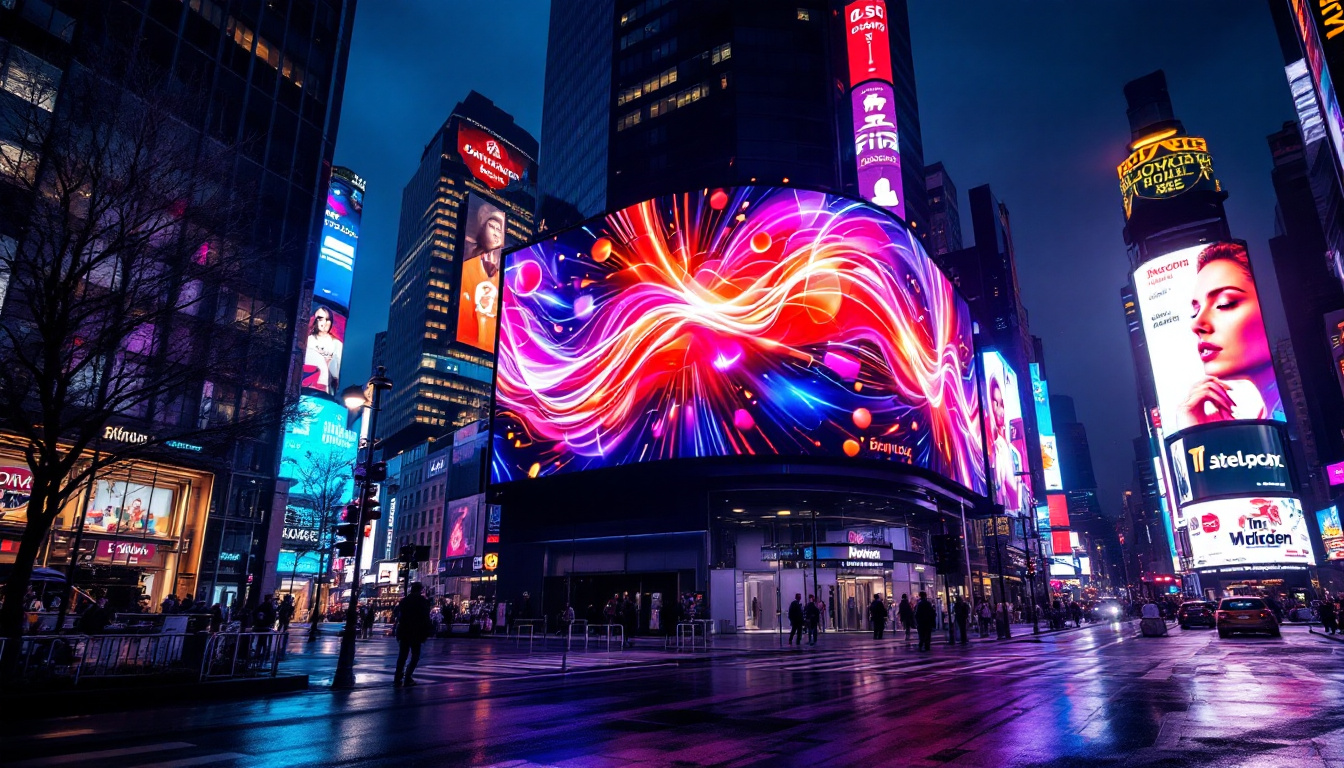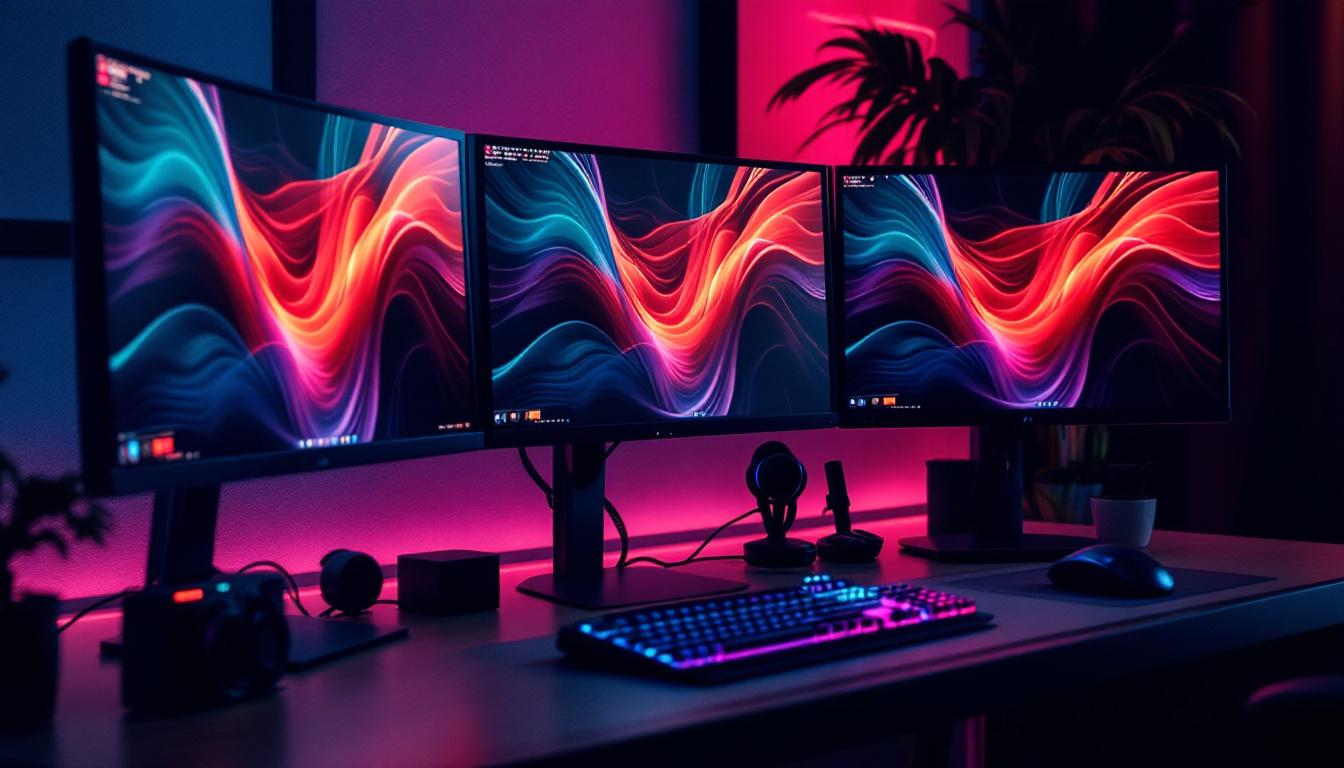In the world of visual technology, LED displays have emerged as a leading choice for various applications, from advertising to event presentations. Their vibrant colors, energy efficiency, and versatility make them an attractive option for businesses and consumers alike. This article delves into the intricacies of LED displays, exploring their functionality, advantages, and the different types available in the market today.
Understanding LED Technology
Light Emitting Diodes (LEDs) are semiconductor devices that emit light when an electric current passes through them. This technology has revolutionized the way displays are designed and utilized. Unlike traditional display technologies, such as LCD or CRT, LED displays offer superior brightness and color accuracy, making them ideal for a variety of settings. The transition to LED technology has not only improved visual experiences but has also contributed to energy savings and sustainability, as LEDs consume significantly less power compared to their predecessors.
The Science Behind LEDs
At the core of LED technology is the principle of electroluminescence. When electrons recombine with holes within the semiconductor, energy is released in the form of light. This process allows for the creation of displays that are not only bright but also compact and energy-efficient. The ability to control individual pixels in an LED display further enhances its versatility, allowing for dynamic content that can be easily updated. Additionally, advancements in LED technology have led to the development of various color temperatures and brightness levels, enabling users to customize their viewing experience according to their preferences and the ambient lighting conditions.
Types of LED Displays
There are several types of LED displays, each designed for specific applications. The most common types include:
- Direct View LED Displays: These are made up of individual LEDs that create images by directly emitting light. They are often used in large outdoor advertising screens and stadium displays.
- LED-backlit LCD Displays: These displays utilize an LCD panel that is illuminated by LEDs from behind. They are commonly found in televisions and computer monitors.
- Organic LED (OLED) Displays: This type of display uses organic compounds to emit light. OLED displays are known for their exceptional color accuracy and contrast ratios, making them popular in high-end televisions and smartphones.
In addition to these common types, there are also specialized LED displays such as MicroLED and MiniLED. MicroLED technology utilizes microscopic LEDs to create images, offering even greater resolution and brightness while maintaining energy efficiency. This innovation is particularly promising for applications in virtual reality and augmented reality, where high pixel density is crucial for immersive experiences. MiniLED, on the other hand, enhances traditional LCD displays by using smaller LEDs for backlighting, resulting in improved contrast and HDR (High Dynamic Range) performance. These advancements continue to push the boundaries of what is possible in display technology, paving the way for future innovations.
Advantages of LED Displays
LED displays offer a multitude of advantages over traditional display technologies. Understanding these benefits can help businesses and consumers make informed decisions when selecting a display solution.
Energy Efficiency
One of the most significant advantages of LED displays is their energy efficiency. Compared to traditional incandescent or fluorescent displays, LED technology consumes significantly less power, leading to lower energy bills and a reduced carbon footprint. This efficiency is particularly beneficial for businesses that operate large displays for extended periods. Moreover, the reduced energy consumption not only translates to cost savings but also contributes to a more sustainable environment, aligning with the growing global emphasis on eco-friendly practices.
Longevity and Durability
LED displays are known for their longevity. With a lifespan that can exceed 50,000 hours, they require less frequent replacements than other display technologies. Additionally, LEDs are more durable and resistant to shock and vibration, making them suitable for both indoor and outdoor environments. This resilience means that businesses can invest in LED displays with confidence, knowing that they will withstand the rigors of daily use, whether in bustling retail settings or dynamic outdoor locations. Furthermore, the low maintenance requirements associated with LED displays free up resources for other operational needs, enhancing overall productivity.
Brightness and Color Quality
LED displays are renowned for their exceptional brightness and color quality. They can produce vibrant colors that stand out even in bright sunlight, making them ideal for outdoor advertising. The ability to achieve high contrast ratios ensures that images and videos are displayed with clarity and detail, enhancing the overall viewing experience. This superior performance is not just limited to outdoor settings; in dimly lit environments, LED displays maintain their visual integrity, providing a consistent experience regardless of ambient light conditions. Additionally, advancements in LED technology have led to the development of displays that can dynamically adjust brightness levels, optimizing visibility while conserving energy, further enhancing their appeal for various applications.
Applications of LED Displays
The versatility of LED displays allows them to be used in a wide range of applications. From advertising to entertainment, their adaptability makes them a popular choice across various industries.
Advertising and Marketing
LED displays have transformed the advertising landscape. digital billboards and signage can display dynamic content that captures the attention of passersby. Advertisers can easily update their messages in real-time, allowing for targeted marketing campaigns that can adapt to changing circumstances. This flexibility not only enhances engagement but also allows brands to tailor their messages based on time of day, weather conditions, or even local events, maximizing their impact. Moreover, the vibrant colors and high brightness of LED displays ensure that advertisements stand out, even in bright sunlight, making them an effective tool for reaching a diverse audience.
Events and Entertainment
In the realm of events and entertainment, LED displays play a crucial role. Concerts, festivals, and corporate events often utilize large LED screens to enhance the audience’s experience. These displays can showcase live feeds, graphics, and videos, creating an immersive environment that engages attendees. Beyond mere visuals, LED technology allows for innovative stage designs, where screens can be integrated into the set itself, providing a seamless backdrop that enhances performances. Additionally, the ability to synchronize lighting and video effects can elevate the overall atmosphere, making events more memorable and impactful for both performers and audiences alike.
Transportation and Public Information
LED displays are widely used in transportation systems for providing real-time information to passengers. From bus and train stations to airports, these displays can relay crucial updates regarding schedules, delays, and other pertinent information. Their visibility and clarity ensure that passengers can easily access the information they need. Furthermore, LED displays can be programmed to provide multilingual support, catering to a diverse range of travelers and enhancing accessibility. In addition to standard information, some systems incorporate interactive features, allowing passengers to access additional details such as route maps or nearby amenities, further improving the travel experience.
Choosing the Right LED Display
Selecting the right LED display involves considering various factors to ensure it meets specific needs and requirements. Understanding these factors can help streamline the decision-making process.
Resolution and Pixel Pitch
Resolution is a critical factor when choosing an LED display. The pixel pitch, which refers to the distance between individual pixels, directly affects the display’s clarity. A smaller pixel pitch results in higher resolution and sharper images, making it ideal for close viewing distances. Conversely, a larger pixel pitch may suffice for applications where viewers are positioned farther away.
Brightness Levels
Brightness is another essential consideration. Different environments require different brightness levels. For outdoor displays, higher brightness is necessary to combat sunlight and ensure visibility. Indoor displays, on the other hand, may require less brightness. Understanding the intended use of the display will help determine the appropriate brightness level.
Installation and Maintenance
Installation requirements and maintenance considerations are also crucial when selecting an LED display. Some displays may require specialized mounting equipment or professional installation, while others can be set up more easily. Additionally, understanding the maintenance needs, such as cleaning and servicing, can help ensure the longevity and performance of the display.
Future Trends in LED Display Technology
The LED display industry is constantly evolving, with new technologies and trends emerging regularly. Staying informed about these developments can provide insights into the future of visual displays.
Advancements in Flexibility
One of the most exciting trends in LED technology is the development of flexible displays. These displays can be bent and shaped to fit unconventional spaces, allowing for creative and innovative installations. This flexibility opens up new possibilities for advertising and design, enabling businesses to think outside the box.
Integration with Smart Technology
As smart technology continues to advance, LED displays are increasingly being integrated with IoT (Internet of Things) capabilities. This integration allows for real-time data sharing and interaction, enabling displays to respond to environmental changes or user inputs. Such advancements can enhance user engagement and create more dynamic experiences.
Improved Sustainability
With growing concerns about environmental impact, the LED display industry is focusing on sustainability. Manufacturers are exploring ways to create more eco-friendly displays, including using recyclable materials and reducing energy consumption. As sustainability becomes a priority, consumers can expect to see more environmentally responsible options in the market.
Conclusion
LED displays have become an integral part of modern visual communication, offering numerous advantages and applications across various industries. Their energy efficiency, longevity, and superior brightness make them an ideal choice for businesses and consumers alike. As technology continues to evolve, the potential for LED displays is limitless, paving the way for innovative solutions that enhance user experiences and engagement.
Understanding the intricacies of LED displays empowers individuals and organizations to make informed decisions when selecting display solutions. Whether for advertising, events, or public information, LED technology is poised to remain at the forefront of visual communication for years to come.
Explore Cutting-Edge LED Displays with LumenMatrix
Ready to elevate your visual communication with the latest in LED display technology? LumenMatrix is at the forefront of innovation, offering a diverse range of LED display solutions tailored to your needs. From captivating Indoor and Outdoor LED Wall Displays to dynamic Vehicle and Sports LED Displays, our products are designed to enhance brand visibility and engage audiences. Discover the possibilities with our LED Poster Displays, Floor LED Displays, Custom LED Solutions, All-in-One LED Displays, and LED Transparent Displays. Embrace the future of digital signage with LumenMatrix and create visual experiences that resonate. Check out LumenMatrix LED Display Solutions today and transform the way you share your message.

